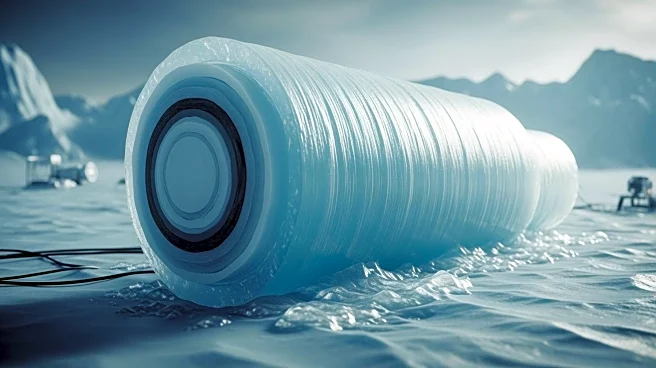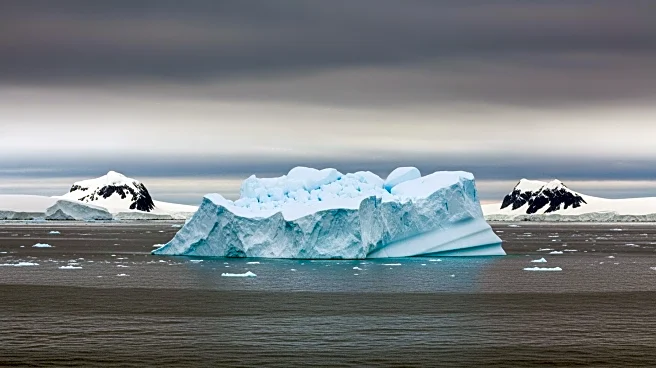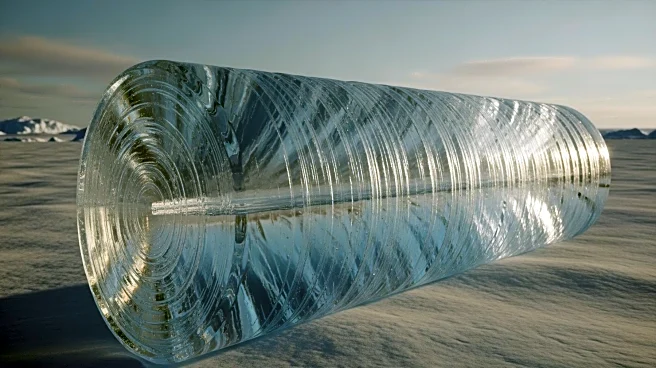What's Happening?
A team of U.S. researchers has discovered the oldest directly dated ice and air samples in the Allan Hills region of East Antarctica, dating back 6 million years. This breakthrough provides a unique glimpse into Earth's ancient atmosphere, offering insights
into past climate conditions. The research, led by Sarah Shackleton and John Higgins, is part of the Center for Oldest Ice Exploration (COLDEX), a collaboration of 15 U.S. research partners. The ice samples reveal that Earth was significantly warmer with higher sea levels during that period. The discovery exceeds previous expectations, as researchers initially hoped to find ice up to 3 million years old.
Why It's Important?
This discovery is pivotal for understanding Earth's climate history, offering direct evidence of atmospheric conditions from millions of years ago. It provides a baseline for studying long-term climate change and the natural forces that have shaped Earth's environment. The findings could inform current climate models and policy decisions by highlighting historical climate patterns and their implications for future climate scenarios. The research underscores the importance of Antarctic ice in global climate studies and may influence international scientific collaborations and funding priorities.
What's Next?
The COLDEX team plans to return to the Allan Hills for further drilling to uncover even older ice samples. Future research will focus on analyzing greenhouse gas concentrations and ocean heat levels preserved in the ice, which are crucial for understanding climate dynamics. The findings may lead to new scientific inquiries and collaborations aimed at reconstructing Earth's climate history. Additionally, the research could prompt discussions on the preservation of Antarctic ice and its role in global climate strategies.













